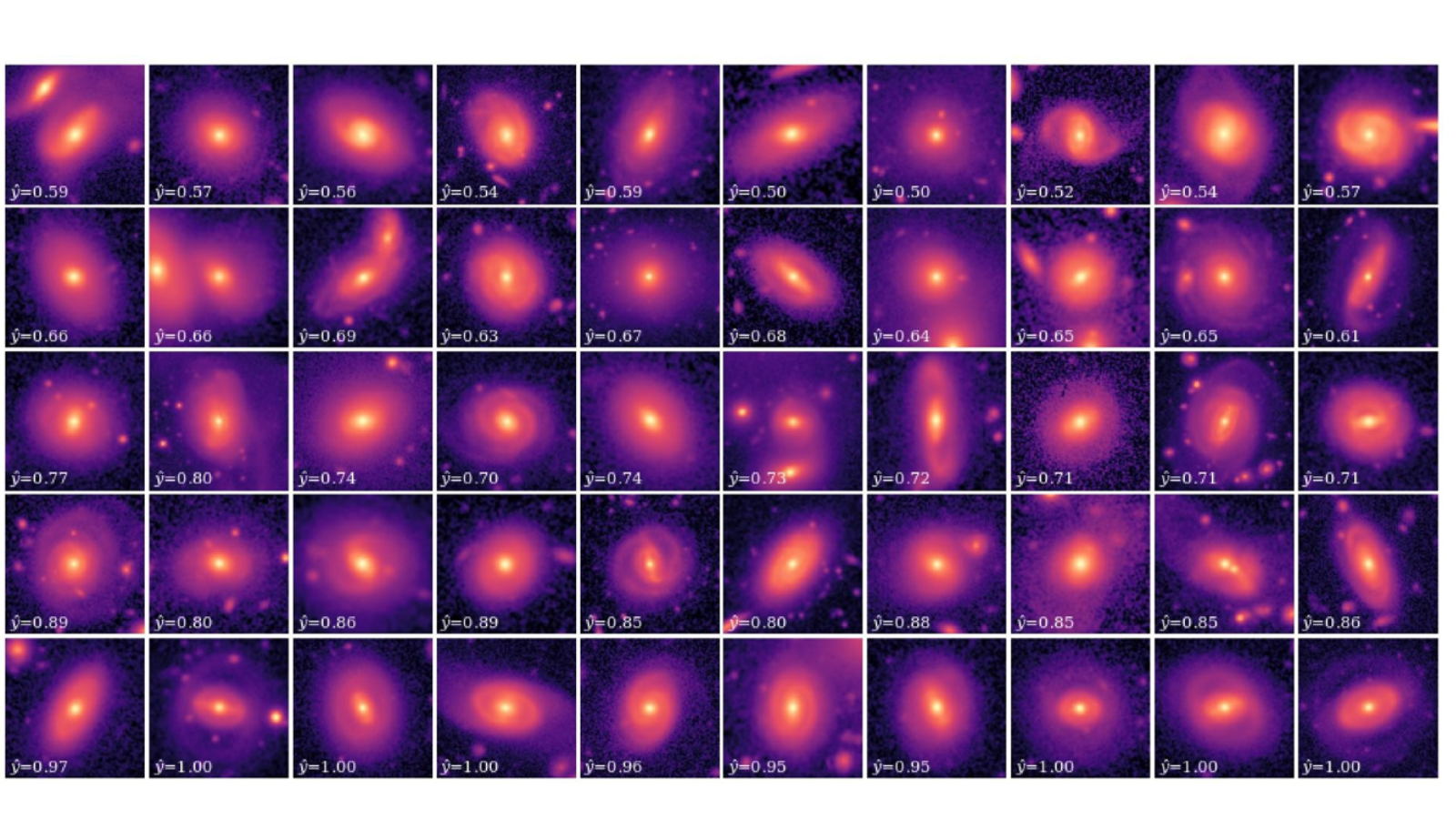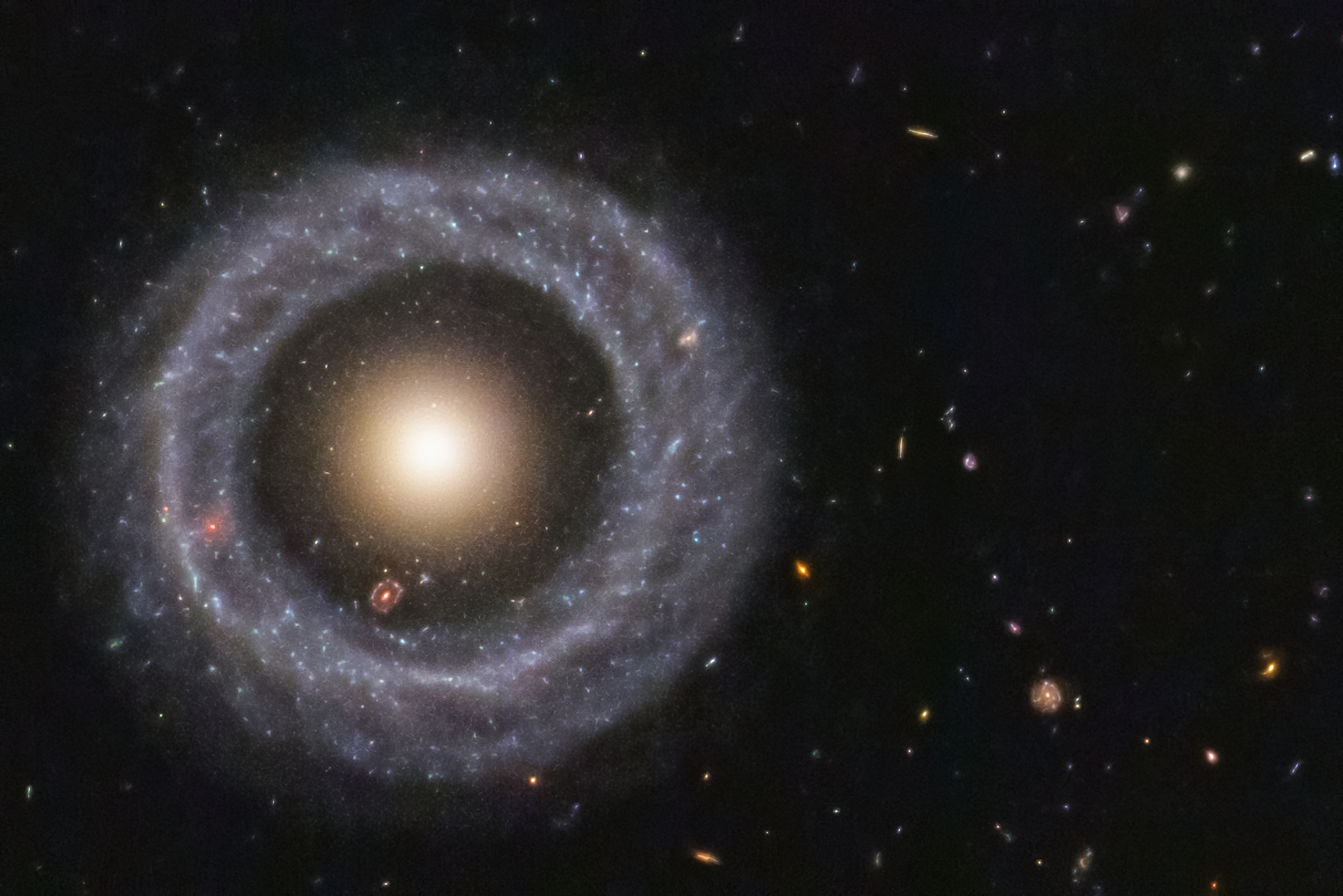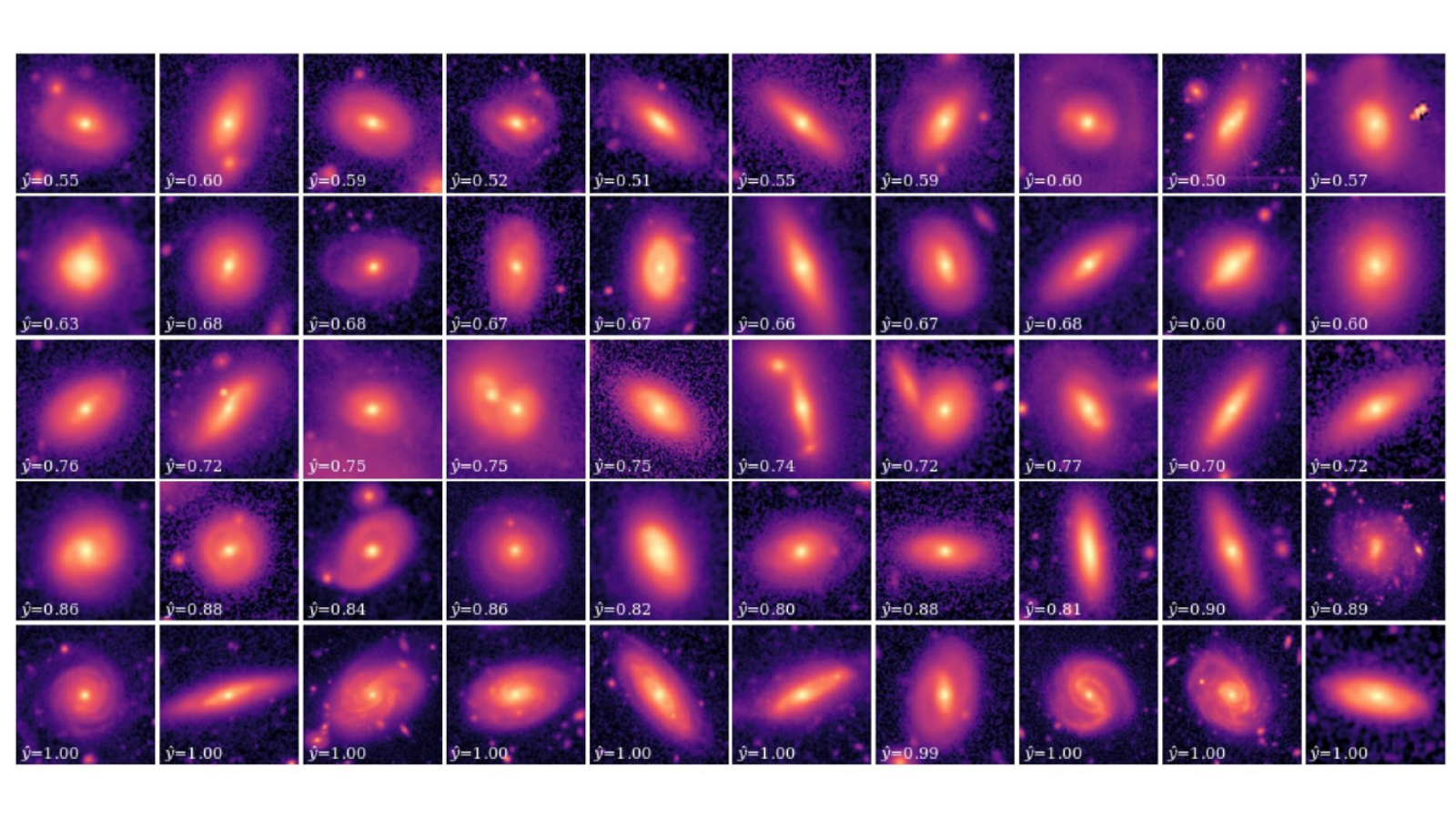
Citizen scientists and artificial intelligence have come together to discover a staggering 430,000 galaxies scattered across the universe. The massive haul includes 30,000 ring galaxies, which are considered to be the rarest of all possible galaxy shapes.
The discoveries represent the first results from the "GALAXY CRUISE" citizen science project. They were delivered by 10,000 volunteers who scoured through data collected with the Subaru Telescope.
Subaru is an 8.2-meter, optical-infrared telescope located near the summit of the extinct volcano Maunakea on the island of Hawaii. This cutting-edge telescope collects a ton of incredible data — so much so that astronomers struggle to sift through it all to spot and classify the shapes of new galaxies. That is where the 10,000 citizen scientists came in, but even this vast army of volunteers needed a little assistance. Hence, they turned to AI for a helping hand.
"Although AI classification takes less than one hour even for 700,000 galaxies, this work cannot be done without the data collected by GALAXY CRUISE over the past two years," team leader and Waseda University researcher Rhythm Shimakawa said in a statement. "We would like to thank all the citizen astronomers who participated in the project. I hope to see more collaborative outcomes in the future."
Hunting rare rings with AI
Galaxies come in a range of shapes and sizes; often, these morphologies can reveal important galactic history. For instance, our own galaxy, the Milky Way, is a neat spiral galaxy. Spiral galaxies are named as such because of their long arms that wind out from a bright and dense central concentration of stars, gas and dust. This is the most common type of galaxy in the universe, accounting for approximately 70% to 80% of all galaxies
Far less common are ring galaxies, which account for no more than 1% to 3% of galaxies in the observable universe. In fact, in some estimates of ring galaxy populations, that number can fall as low as 0.1%.
Ring galaxies get their name because they exhibit dense cores of ancient stars surrounded by distant rings of bright blue young stars. The first ring galaxy discovered by humanity was "Hoag's Object," identified in 1950.

To enable AI to make rapid classifications of galaxies, Shimakawa and colleagues first had to introduce it to catalogs of classifications made by humans. After familiarizing the AI with 20,000 galaxies classified by humans, they let it loose on 700,000 galaxies in the Subaru data.
The AI classified 400,000 galaxies as spiral galaxies and 30,000 of the galaxies as ring galaxies. This finally offers scientists a sample size of these rare galaxies that's large enough to start making a meaningful analyses of the realms.

The team determined that ring galaxies display characteristics that make them intermediates between spiral galaxies and what are known as elliptical galaxies, which have a less defined structure.
The current thinking is that they are created when two spiral galaxies slam together and merge. This violent process is known to wipe out the prominent features of spiral galaxies, particularly their distinctive spiral arms. The theory agrees with recent findings regarding ring galaxy formation, which suggest they are created in a special kind of collision.
When one galaxy hits another head-on like a bullet, it's thought to cause pulses that radiate out from the galactic center of the target galaxy, spurring a ring structure.
The team's findings not only broaden our understanding of an extremely rare galaxy type, but also demonstrate the power of AI to sort through vast catalogs of astronomical data.
The team's research was published in January in the journal Publications of the Astronomical Society of Japan.







